What is a Hybrid Inverter?
In a world where renewable energy sources are becoming more and more popular, homeowners and businesses alike are looking for ways to economize their energy usage and improve their environmental friendliness.
With solar panels being installed on rooftops around the globe, one significant step towards a simpler, more seamless green energy set-up is the hybrid inverter: an electronic device that allows solar panels, batteries, and the traditional electric grid to work in tandem rather than apart.
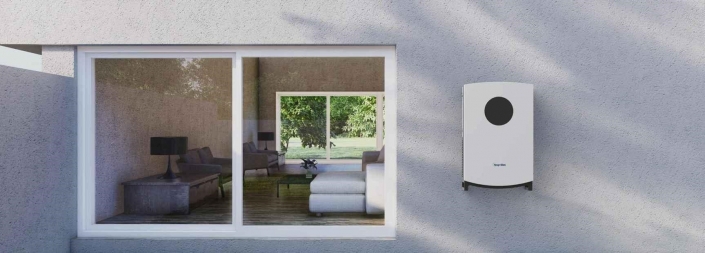
A hybrid inverter is an electronic device that combines the functions of a microinverter and a battery charger in one unit. It allows solar panels to intelligently offload excess energy into batteries, which is important because solar energy production peaks during the daytime while energy demand is highest in the evening.
Hybrid inverters are commonly used in conjunction with solar PV systems to allow the use of both grid-tied and off-grid configurations. They are also used in microgrids, which are small-scale electrical grids that can operate either independently or in conjunction with larger power grids.
In this article, we’ll introduce what hybrid inverters are, how they work, the advantages of using them, and how much you might realistically have to spend in order to acquire one for your home. Let’s get started!
WHAT IS A HYBRID INVERTER?
To understand hybrid inverters, it’s first important to understand the inner workings of how solar energy gets from the sun into your home.
When light shines on a solar panel, it creates DC (direct current) electricity. Though important, DC electricity is not very useful when it comes to powering your home as it isn’t utilized to run most household appliances like refrigerators, lamps, or washing machines.
This is where inverters come in – they take the DC electricity created by solar panels and ‘invert’ it into usable AC (alternating current) electricity. The technical specifics of this process can be a little overwhelming (and we cover them in more detail below if you’re interested) but inverters are an essential component of any solar PV system.
A hybrid inverter, on the other hand, is akin to a standard inverter with an added benefit: It can also work with an AC source – for example, the grid power coming into your home from the utility company. This gives you more flexibility in how you use your solar PV system, as you can now choose to either use the grid or your solar panels as your main power source, or run your home completely off of solar power.
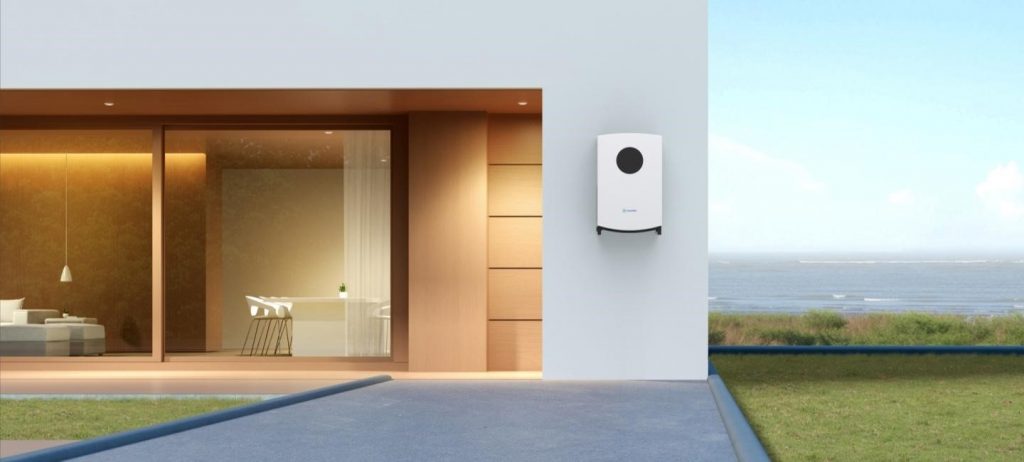
Hybrid inverters are being widely adopted in the solar industry, as they provide a number of benefits for both homeowners and installers. You’ll often see them being used in commercial or large-scale solar installations, as they can provide a more efficient and reliable way to manage power generation and usage.
WHAT IS THE DIFFERENCE BETWEEN AN INVERTER AND A HYBRID INVERTER?
Inverters convert direct current into alternating current, which is the type of electricity that powers most household appliances. When used in conjunction with solar panels, they allow you to convert energy collected from the solar panels into usable electricity for your home appliances.
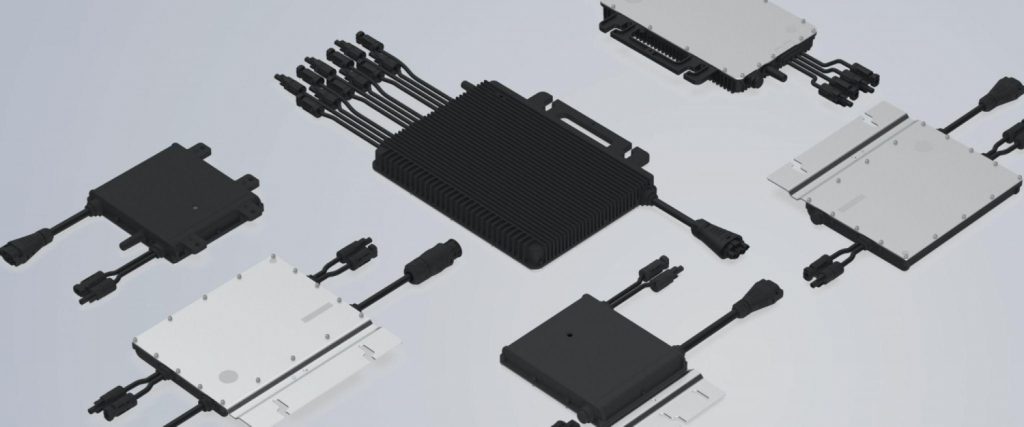
Note that very small solar configurations – like those for a calculator or a watch – don’t require an inverter, as their power demands are small enough that they can run directly off of solar energy. Anything larger, though, requires an inverter to function correctly, and this is why you see the vast majority of solar systems sold with inverters.
Hybrid inverters take the idea of an inverter one step further. Rather than just convert DC to AC, hybrid inverters can convert energy to both AC or DC interchangeably. This opens up new possibilities for storage of solar energy; instead of having to use all the energy as it’s produced, hybrid inverters allow you to store solar energy in a battery bank for use later on.
One of the most beneficial features of a hybrid inverter is that it lets you sell back power to the grid. When you’re not using all of the energy your solar panels are producing, and you don’t have a need to store that excess energy (say, because your batteries are already full), a hybrid inverter can send that extra power back to your utility company in exchange for a credit on your next electricity bill. This is a great way to help offset the cost of installing a solar array, and can be a very lucrative proposition if your utility company offers high buy-back rates.
HOW DOES A HYBRID INVERTER WORK?
To understand a hybrid inverter, we’ll need to first learn about the workings of several important concepts in electricity.
Inverters
As mentioned previously, an inverter, in its simplest form, is a device that converts DC (direct current) power into AC (alternating current) power. This is what’s used in a solar system to run your lamps, appliances, and other electronics. AC is the standard form of power in our homes and businesses.
Direct current vs alternating current
This begs the question: how does an inverter convert DC to AC?
Direct current, as its name suggests, is a current of electricity that flows in one direction. Alternating current, on the other hand, alternates its flow back and forth many times per second.
When DC comes into the system, the inverter begins turning it into AC power using a process called pulse width modulation (PWM). PWM is the method by which the inverter regulates how much power is sent to the grid. Basically, it works by turning the DC current on and off very quickly, so that the average voltage being output is equivalent to that of AC.
This all happens inside of the inverter in mere microseconds. The AC power is then sent out to your home or business to power your appliances.
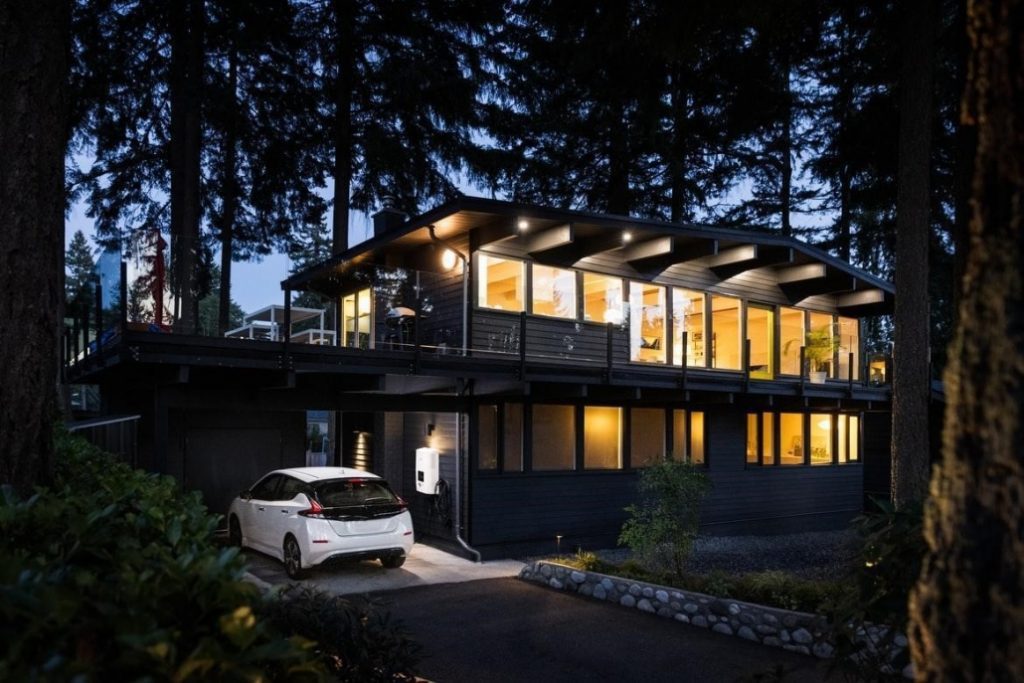
Going in the other direction
If you had AC energy and you wanted to convert it back into usable DC power, you would need a rectifier. A rectifier is sort of like the inverse of an inverter; it takes AC energy and converts it into pulsing DC, which can be conveniently stored in the batteries in your system. The process of converting AC to DC is called ‘rectification.’
The hybrid inverter
Now that you understand how inverters and rectifiers work, you already more or less understand the hybrid inverter.
Simply put, the hybrid inverter is both an inverter and a rectifier in a sleek, form-fitting package. It can take DC power from the solar panels and invert it to AC power that is usable in your home, and it can take AC power from the grid and use it to store DC energy in your batteries.
Battery energy storage
The last piece of the puzzle is battery energy storage. Because of the variability of solar power generation (due to inclement weather conditions, for example), it’s not always possible to use solar power as it’s generated. Batteries allow you to store energy from your solar panels for later use or in the event of a grid outage, and we consider them a must-have for any solar energy system.
Batteries store DC power, which is what your solar panels produce. As mentioned before, inverters can convert this DC power to AC for use in your home or business. Your inverter can also charge your batteries by funneling any excess energy from your solar panel that’s not being used at a given moment to the battery rather than to your appliances.
If the weather conditions change, or your local grid goes down, inverters can also automatically switch you over to battery power to keep your home running. Since energy from DC batteries is in the same format as the energy from your solar panels (namely, direct current), there’s no perceivable difference to the end user.
But what if you’re not getting enough sunlight, have no battery power left, but still have access to your local grid? In this case, the rectifier function in your hybrid inverter can pull AC power from the grid to keep your DC batteries charged.
The beauty of the hybrid inverter is that it seamlessly integrates solar power generation, battery storage, and backup power into a single unit. It’s an ideal solution for anyone looking to streamline their solar panel set-up for their home or business.
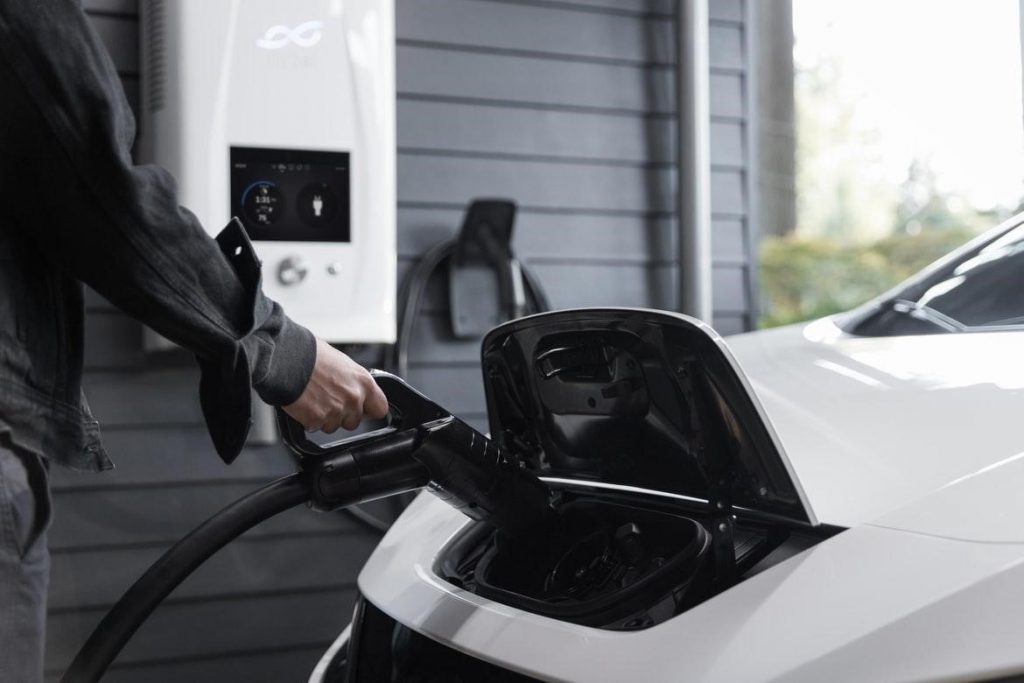
CAN A HYBRID INVERTER RUN WITHOUT A BATTERY?
Although hybrid solar inverters are designed to work with batteries, they can also operate without them. If you’re not using a battery with your hybrid inverter, the unit will simply divert any excess solar power it generates into the grid instead.
Assuming your energy buy-back rates are high enough, this could yield significant savings over the lifespan of your solar energy system, and is a great option for anyone who wants to take advantage of solar energy but doesn’t want to deal with the added expense or complexity of a battery bank.
That said, running a hybrid inverter without a battery is definitely not recommended. Without a battery, you’ll lose the ability to store solar energy for later use, and you’ll also miss out on the backup power capabilities that are such an important part of the hybrid inverter design.
One of the main reasons why hybrid inverters are so loved in the solar energy community is their ability to compensate for fluctuating energy availability, so if you don’t have a battery, you’re losing an important feature.
ADVANTAGES OF HYBRID SOLAR INVERTERS
Hybrid solar inverters are more efficient than traditional inverters, and they’re also significantly more versatile. They can be used with a variety of different battery storage systems, making them a good choice for anyone who wants to make full use of solar power generation.
Let’s look at their key benefits below:
Efficiency
Hybrid solar inverters are more efficient than traditional inverters, and they’re also significantly more versatile. They can be used with a variety of different battery storage systems, making them a good choice for anyone who wants to make full use of solar power generation.
Let’s look at their key benefits below:
Simple to use
They’re also very easy to use. There’s no need to switch between different devices or systems – the hybrid inverter does it all for you. This makes it a good choice for anyone who wants to take advantage of solar power without having to deal with a lot of complicated technical jargon.
Compatibility
They’re also highly compatible with a variety of different battery storage systems. This makes them a good choice for anyone who wants to use solar power as their primary or backup source of energy.
Backup power
Most importantly, hybrid solar inverters also provide backup power in the event of a power outage. This can be a real lifesaver during an emergency, and it can help you keep your home or business running smoothly even when the grid is down. For people that live in areas that are prone to power outages, a hybrid solar inverter is a strong choice.
Easy monitoring
Because all household energy passes through your hybrid inverter, it’s easy to keep track of your energy usage. You can see exactly how much solar power you’re generating, how much battery storage you have available, and how much backup power you have available at any given time.
This makes it easy to stay on top of your energy usage and make adjustments as needed. If you’re using something like the Hoymiles S-Miles Cloud monitoring platform, you can log on and view detailed energy consumption statistics in seconds, making it easy to track your progress.
Seamless buy-back
Because of their integrated ability to monitor, switch, and store energy, hybrid solar inverters can also help you take advantage of energy buy-back schemes. When your solar panels are generating more power than you’re using, the hybrid inverter will automatically sell that excess power back to the grid. This can help you save money on your energy bills while also supporting green initiatives (and your community).
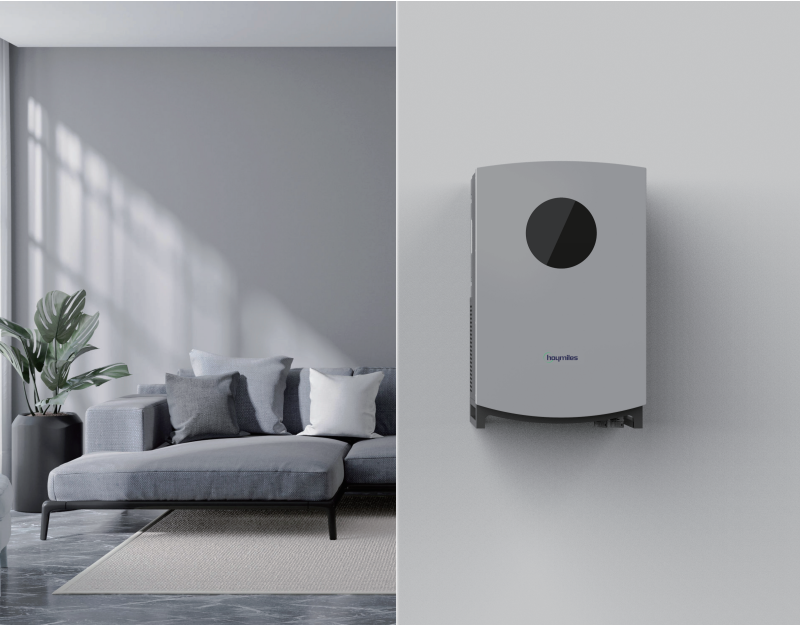
HOW MUCH DOES A HYBRID INVERTER COST?
The cost of a hybrid inverter is difficult to quantify, as the price varies depending on the make and model of the inverter as well as its capacity. Generally speaking, hybrid inverters are more expensive than traditional single-function inverters, but as solar and battery technology continue to evolve, this may not always be the case. In terms of a middle-of-the-road inverter, one can expect to spend approximately 6-10% of the total set-up cost on the hybrid inverter.
So, for example, if your PV system ends up costing ~$22,500 (the average for a 7.5 kW residential system), you can expect to spend around $1,350 to $2,250 on your hybrid inverter.
Because hybrid inverters pack three of the most important features of a renewable energy system into one small package, they can naturally be more expensive than traditional inverters. However, in contrast with purchasing and installing a separate battery system, a hybrid inverter is more likely to pay for itself in the long run with its added efficiency and lower cost of installation.
By increasing self-consumption (up to 80%, in some cases), a hybrid inverter can also help reduce energy costs for homeowners and businesses, and intelligent monitoring of grid-based power can help keep energy bills low by selling excess energy when not required.
LOOKING TO REDUCE YOUR ENERGY BILL AND HELP THE PLANET?
Hoymiles’ HY3-series hybrid inverters can help. They’re sleek, efficient, and simple to install. Increase your energy independence and simplify your life with Hoymiles. Learn more today!
